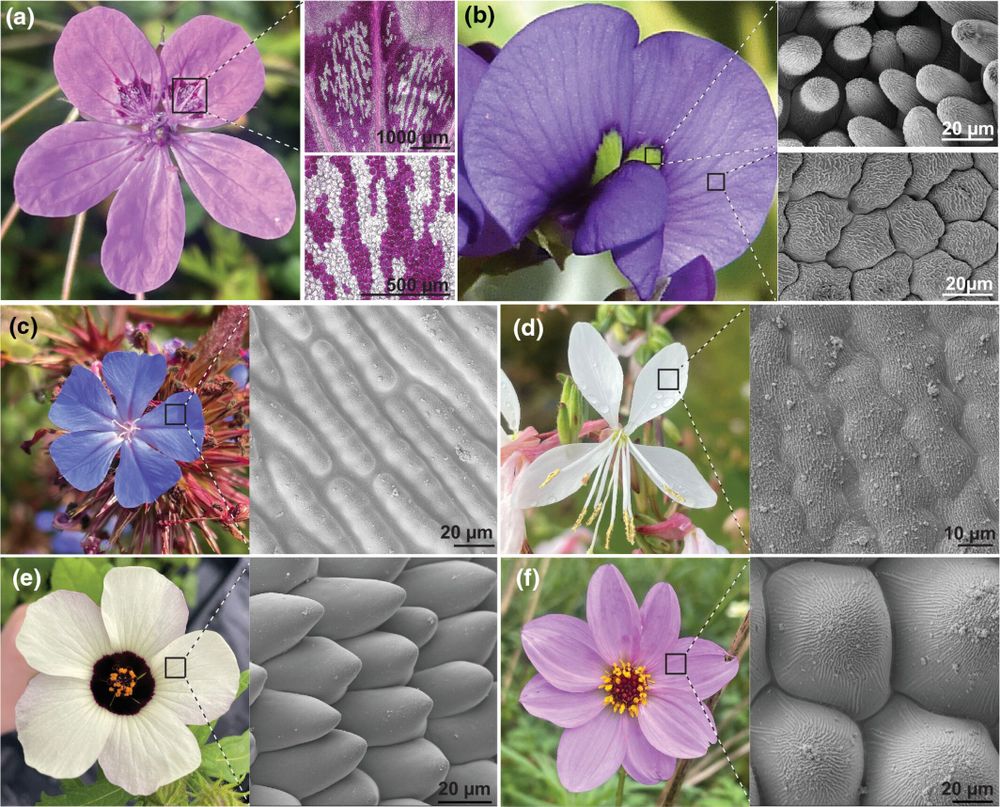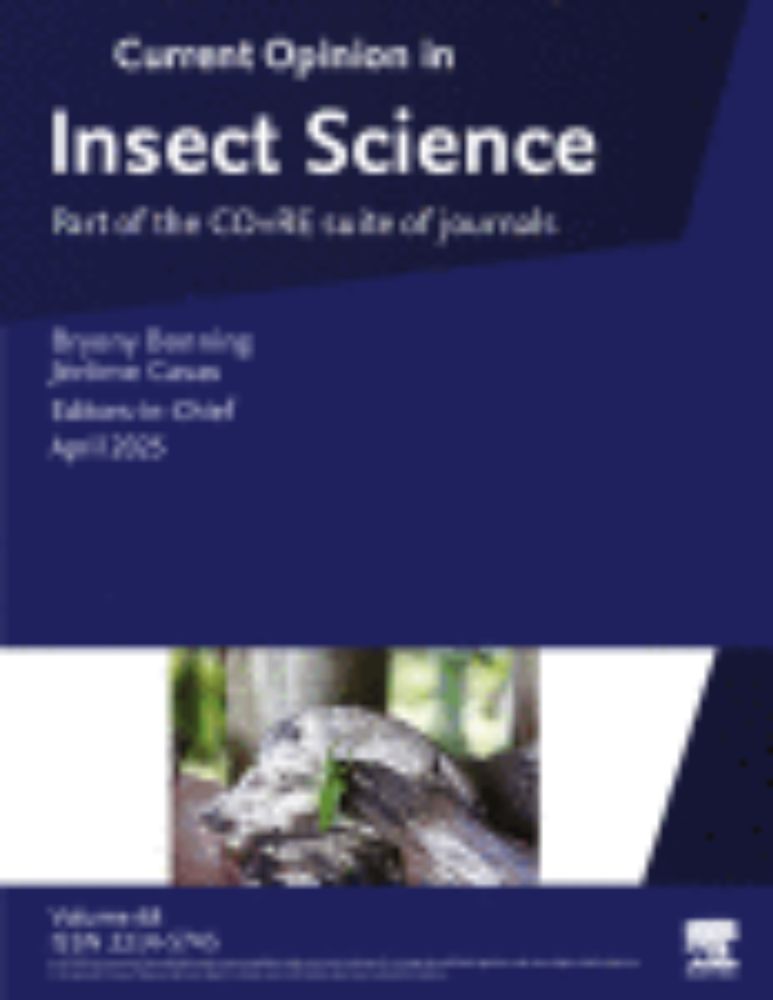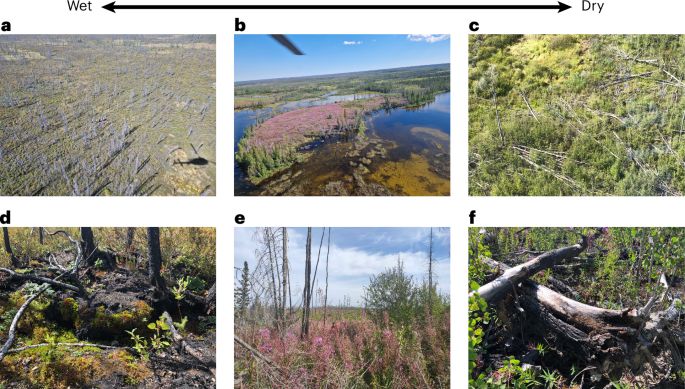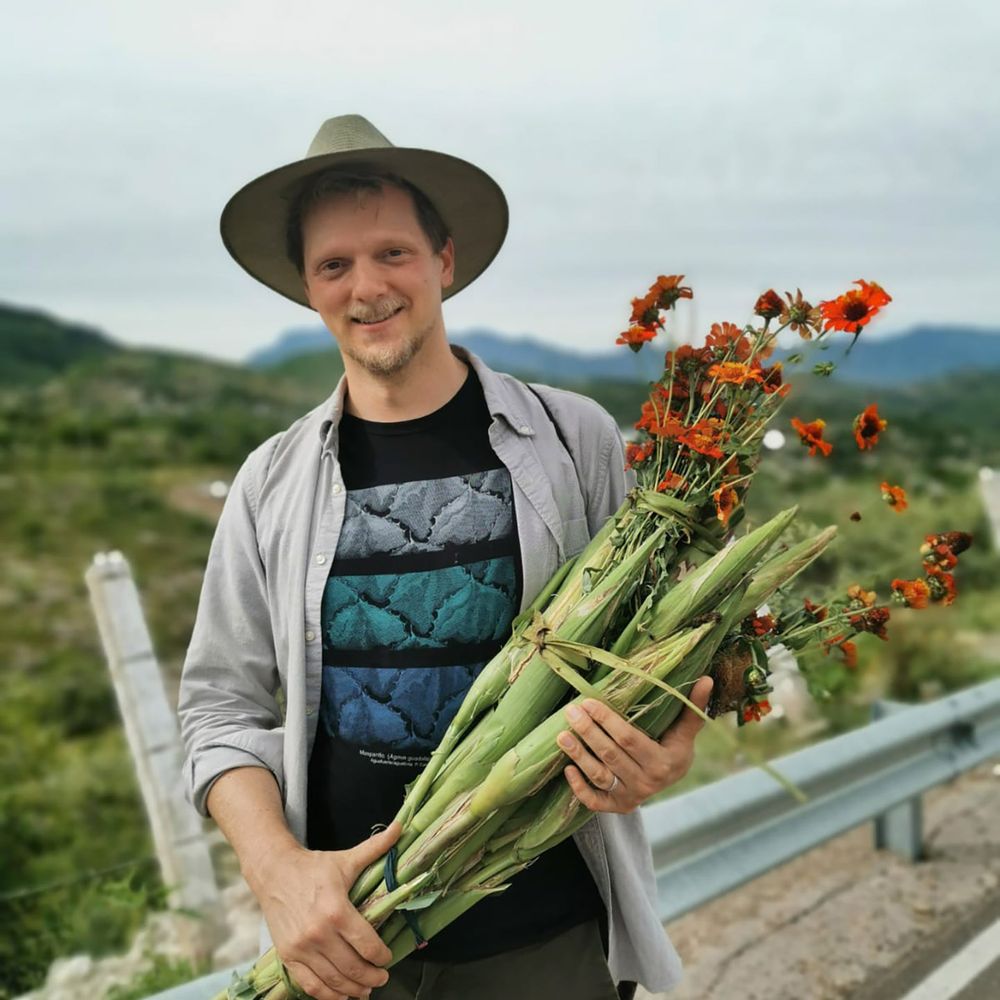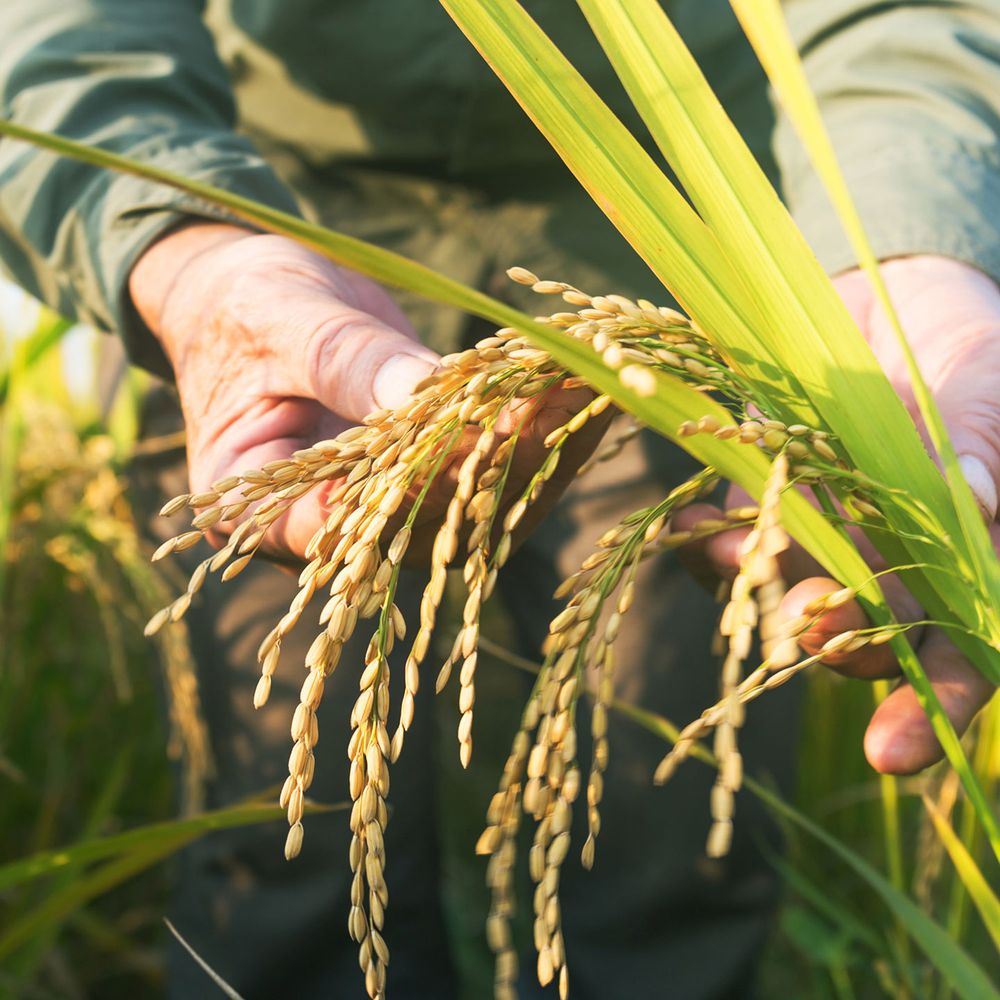Agnes Dellinger
@the-kunsze.bsky.social
88 followers
130 following
4 posts
Ass.-Prof. for Plant-Animal interactions @UniWien, working on the ecology and evolution of flowers, pollinators and dispersers, mostly in Melastomataceae
www.agnesdellinger.org
Posts
Media
Videos
Starter Packs
Reposted by Agnes Dellinger
Reposted by Agnes Dellinger
Agnes Dellinger
@the-kunsze.bsky.social
· May 15

Wilting may leave bees wanting: drops in turgor pressure may reduce viability of buzz-pollinated flowers
This article comments on:Alvord M, McNally J, Casey C, Jankauski M. 2025. Turgor pressure affects transverse stiffness and resonant frequencies of buzz-pol
doi.org
Reposted by Agnes Dellinger
Reposted by Agnes Dellinger
Reposted by Agnes Dellinger
Reposted by Agnes Dellinger
Reposted by Agnes Dellinger
Reposted by Agnes Dellinger
iBartomeus
@ibartomeus.bsky.social
· Dec 11
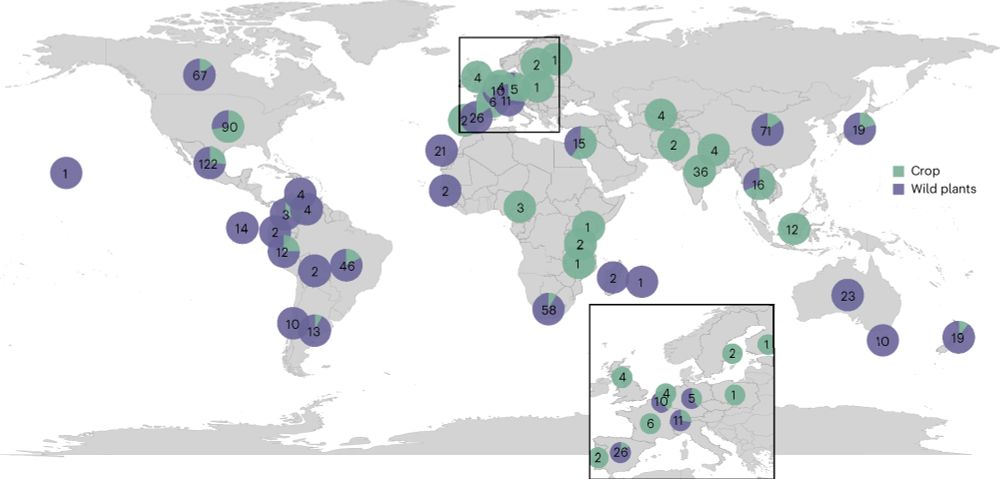
Loss of pollinator diversity consistently reduces reproductive success for wild and cultivated plants
Nature Ecology & Evolution - A meta-analysis finds that decreasing diversity of pollinator species has a negative affect on multiple measures of plant reproductive success, with wild plant...
www.nature.com
Reposted by Agnes Dellinger
Andrew Barnes
@barnesecodiv.bsky.social
· Dec 12
Louis Schipper
@louisschipper.bsky.social
· Dec 12

Earth's Climate History Explains Life's Temperature Optima
We propose that the origin of the temperature optima of life results from two discrete evolutionary selection pressures that constrained the evolution of fundamental biochemistry and growth of most l...
onlinelibrary.wiley.com
